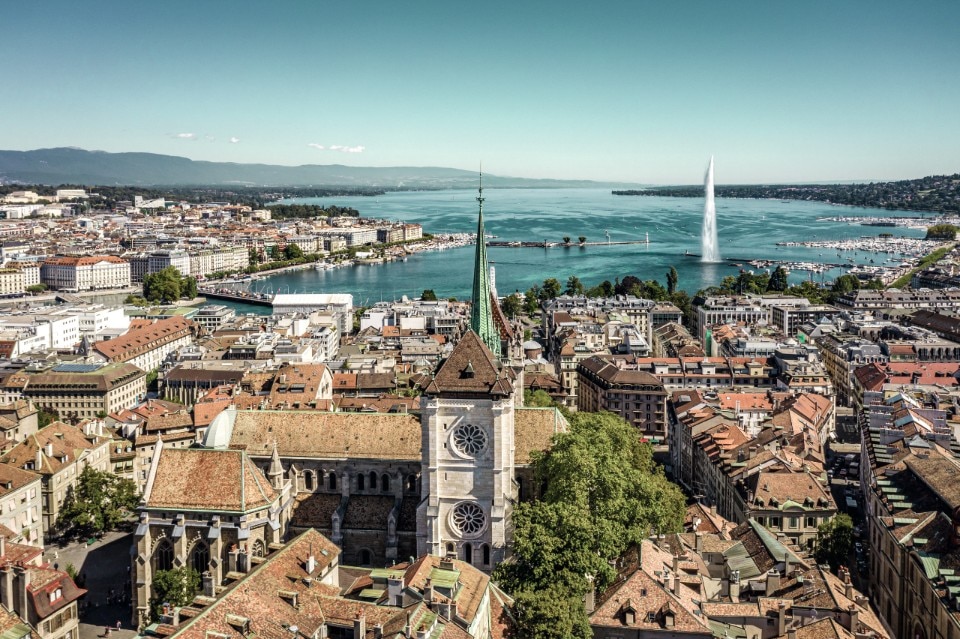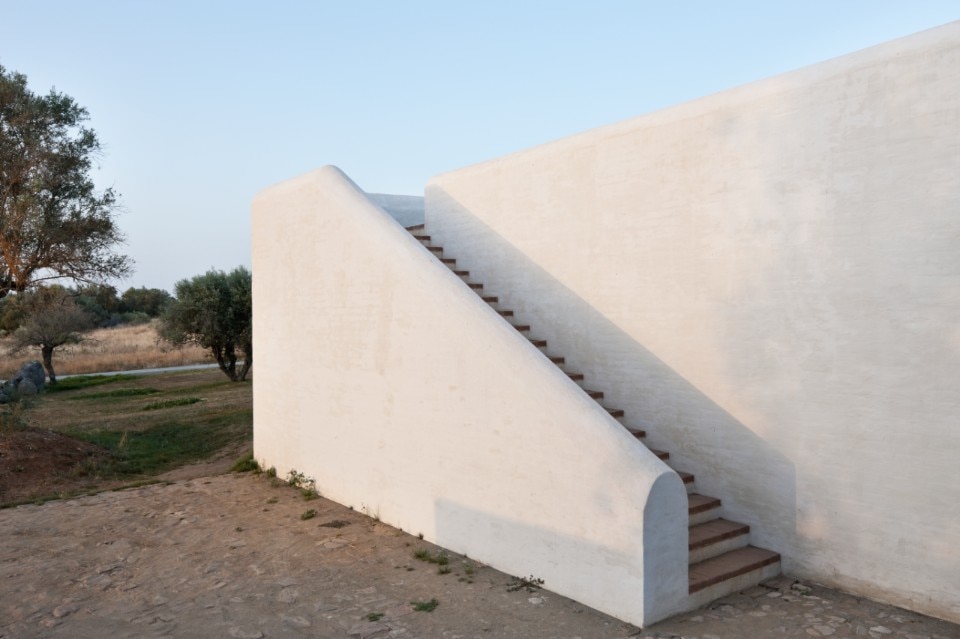



Fabric Forms
Design: Ron Culver and Joseph Sarafian
Year: 2016

Discovering Montreux, Lausanne, and Geneva
From the Olympic Museum in Lausanne to the Science Gateway designed by Renzo Piano and the enchanting Christmas markets, Switzerland offers a perfect car-free escape filled with beauty, culture, and holiday magic.















